
Tackling Top 5 Myths About Tomato Products
How can something as delicious and healthy as tomatoes be so maligned by so many people? That’s why we’re tackling the top 5 myths about tomato products!
There’s a lot of health and nutrition advice out there on these interwebs. Too much really. One article contradicting the next. It’s long been documented (often) that these ‘influencers’ are usually wrong, but they continue to be widely listened to and shared on the internet. These celebrities, influencers or sports stars that may have wonderful six-pack abs, but in no way should they be considered nutrition experts. We have always prided ourselves in going to the experts for nutrition. We have over 700 academic, peer-reviewed scientific studies hosted on our website, and we work with the World’s top Registered Dietitians to break down the science and nutrition facts about tomato products. To be a registered dietitian you must get a degree from a university in nutrition, often it includes advanced degrees or Masters, and then 1200 internship hours, as well as taking continuing education courses on the latest science and nutrition. These are the experts we go to for our nutrition advice and this is what they have to say about some of the myths right now you may see shared on Facebook from your favorite quarterback, actress, or your Aunt’s neighbor’s sister’s cousin on social media.
Canned tomato products have been around since the canning process was first invented in 1809. Since then, millions of people have relied upon canned tomatoes to capture the essence of delicious, healthy tomatoes when they are at their absolute best during the harvest, so they can flavor their meals with delicious nutrition all year long. So, how can something as delicious and healthy as tomatoes be so maligned by so many people? Tomatoes are constantly being trashed by the media and so-called “health experts”, so we are here to set the record straight on the health benefits of tomatoes!
Busting 5 Myths About Canned Tomatoes
Here are the top five myths on canned tomatoes, and we’re busting each and every one of them.
Myth # 1: Tomatoes Contain Harmful BPA
BPA is an industrial chemical used to make certain plastics and resins, including plastic bottles, and the lining of food cans. Over the past several years, health concerns have arisen over BPA in our food system, as it has been linked with potential issues, such as endocrine disorders. However, the FDA says that our current levels of BPA are within safe limits. And, more importantly, the canned tomato industry has worked hard to remove BPA from the food chain, and it has been virtually eliminated in cans. Bottomline: There’s no need to worry about BPA in canned tomatoes. Read more about BPA in canned tomato products here.
Myth #2: Tomatoes Contain Dangerous Lectins
Lectins are anti-nutrients found in many healthy plant-based foods. Lots of so-called health gurus are warning people to stay away from plant foods we know are healthful—whole grains, beans, even vegetables—because of these so-called harmful compounds. The main reason they can be detrimental is that they can block absorption of other nutrients in foods. In fact, fiber was once considered an anti-nutrient, as it can block some of the nutrients from being absorbed in foods. Now scientists are finding that some of these compounds in the family of anti-nutrients may actually have benefits, like reducing glucose and cholesterol levels. In addition, cooking foods—as in canned tomatoes—helps reduce levels of anti-nutrients in foods. Keep in mind that over 650 human studies on tomato products finds nothing but benefits—not risks—from eating these healthy foods. Bottomline: There’s no need to worry about health risks of lectins in tomato products.
Myths #3: Tomatoes Are Inflammatory
Some would-be health experts warn that eating tomatoes promotes inflammation, which is at the root of many chronic diseases. However, the science doesn’t agree. Numerous studies have found that tomatoes actually decrease levels of inflammation, which means they can help reduce the risk of chronic diseases, such as heart disease, neurocognitive disorders, and cancer. So, pile on the tomatoes to reduce inflammation. Bottomline: Tomato products decrease inflammatory levels in the body, not increase them.
Myth #4: Canned Tomato Products Are Highly Processed and Contain Preservatives and Unhealthy Ingredients
The canning process means that tomatoes do not need additional preservatives. Because they have been cooked and sealed in the can, they will not spoil. Indeed, canned tomatoes are simply tomatoes, picked at their peak maturity, before they are canned with water and perhaps some salt (though you can buy unsalted varieties, too). Canned tomato products are considered minimally processed foods, in comparison to highly processed foods, like soda, chips, and candy. Some canned tomato products—such as salsa and marinara sauce may contain other ingredients and flavorings, so check out the ingredients label to see what is listed. Bottomline: Canned tomato products are minimally processed, healthful foods with few added ingredients.
Myth #5 Canned Tomato Products Don’t Count as Real Vegetables
Every can of tomato products contains real, farm-fresh tomatoes, harvested at its ripe maturity, before it gets placed in a can in just a few hours—sealing in all of that goodness. The USDA, Academy of Nutrition and Dietetics, and Produce for Better Health Foundation all recognize canned tomatoes (as well as other canned produce) as a form of vegetables that counts as a serving of healthy, disease-protective vegetables that we all should get more of in our diets. In fact, only 9% of Americans get enough vegetables in their diets, so it’s important to fit in more servings like canned tomatoes. Eating more vegetables can decrease your risk of many chronic diseases and obesity. In addition, cooking tomatoes—as they are in canned tomatoes—actually makes the antioxidant compound lycopene even more available to your body, making them a superior source of this nutrient. Bottomline: Canned tomatoes are an easy, affordable way to fit more health-protective vegetables into your diet.
If you see these myths spread online, share with them this post. Start following registered Dietitians online! Their advice isn’t nearly as sexy or sensational, but they know what is really best for your body in the long run. When people stop listening to influencers and their pseudoscience fad diets we’ll all be a lot more happy and healthy.
Contributions by Sharon Palmer, MSFS, RDN, The Plant-Powered Dietitian, SharonPalmer.com.
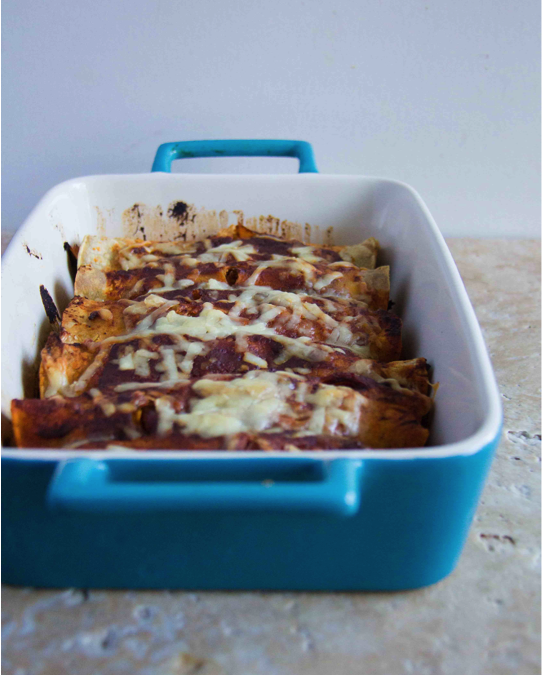
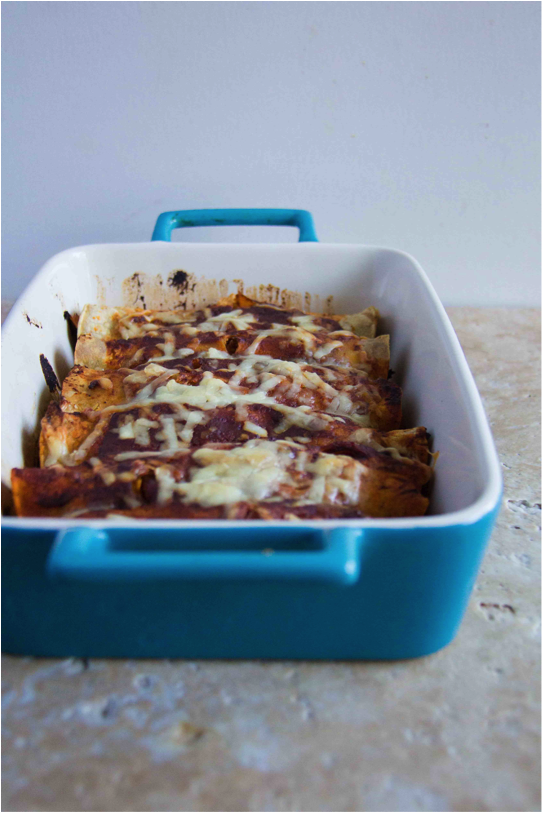
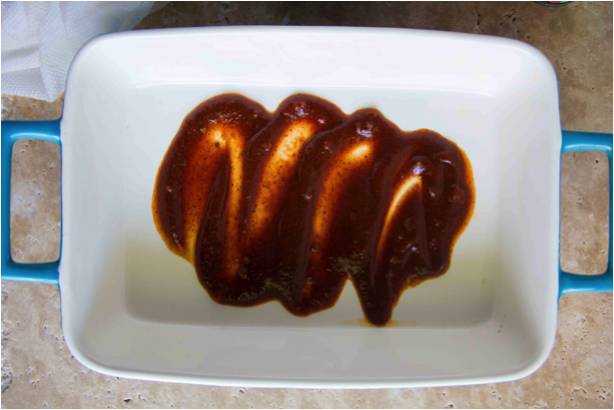
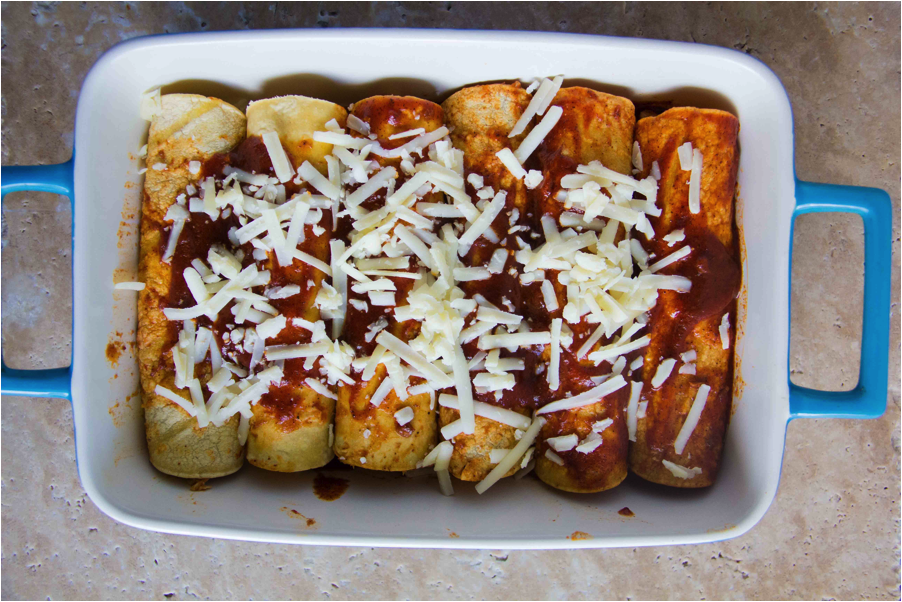
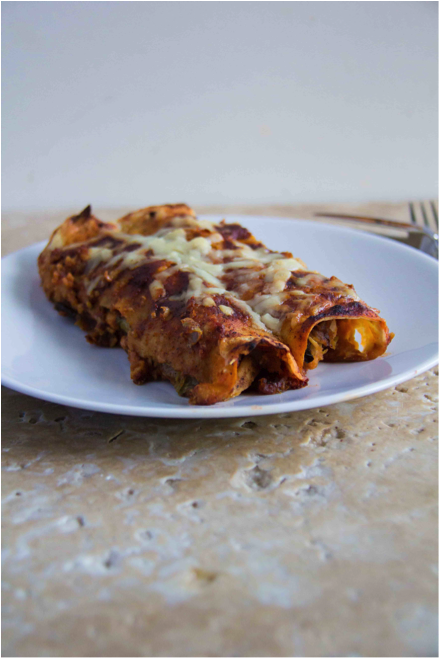

Recent Comments